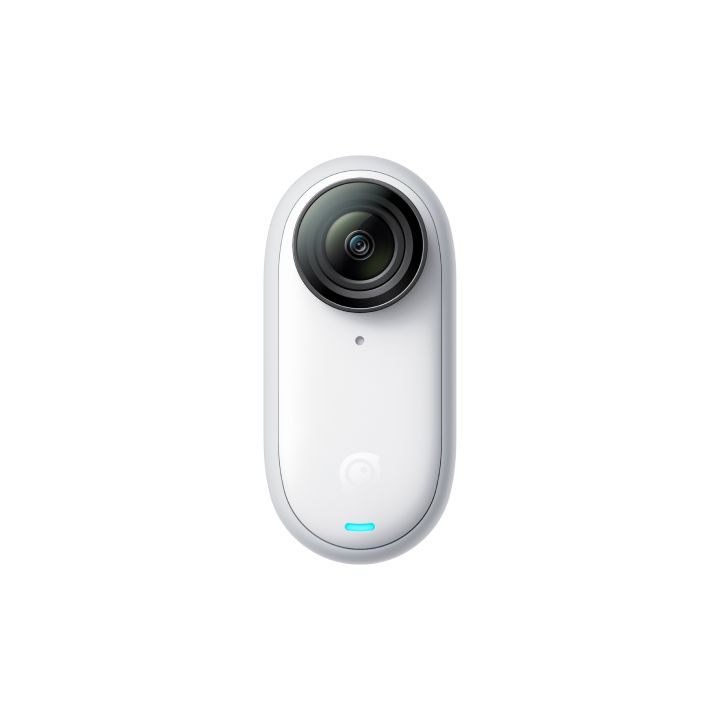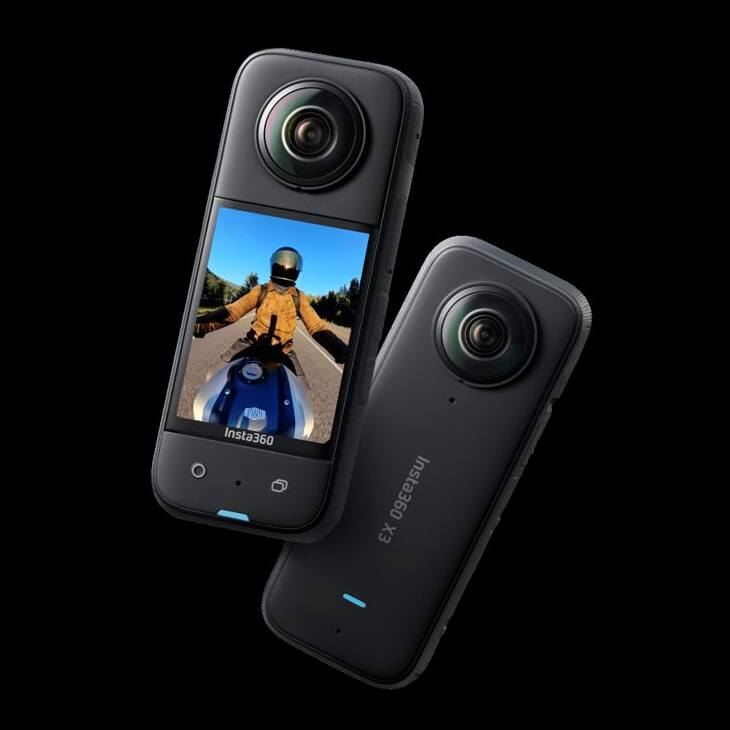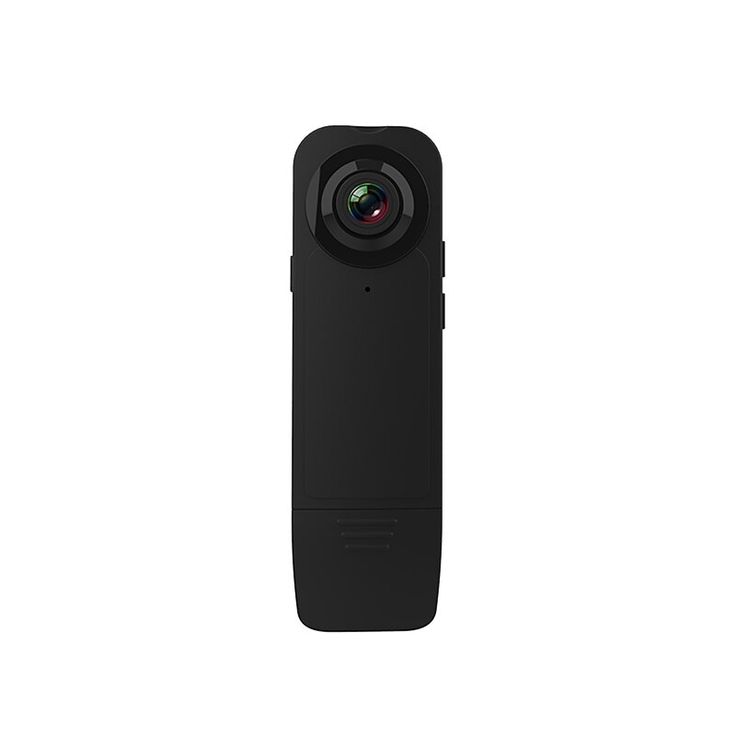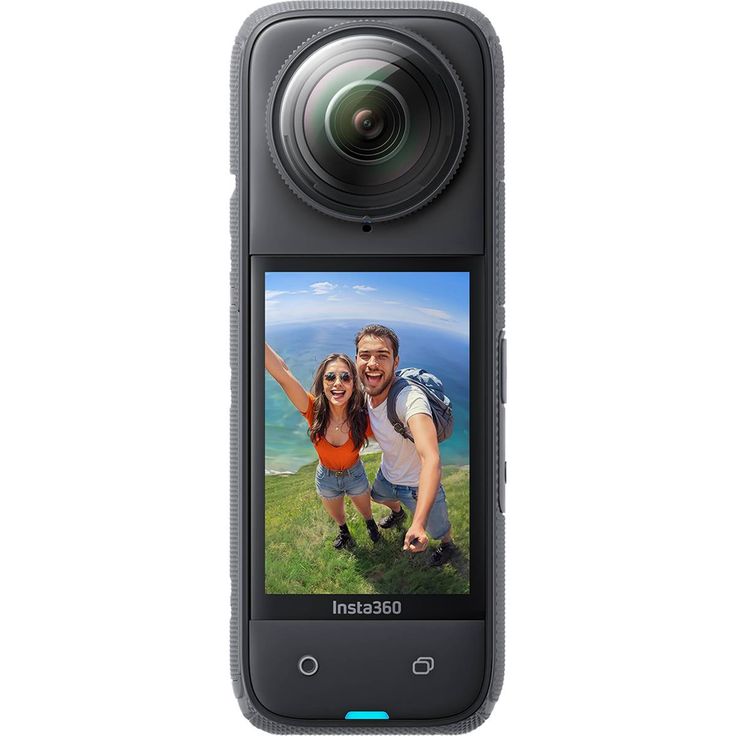In the era of immersive experiences, 360-degree cameras have truly revolutionized the way we capture and share adventure and sports footage. These dynamic devices offer a unique perspective that allows viewers to fully engage with the action unfolding before them. As outdoor enthusiasts and athletes continually push the boundaries of their sports, the technology behind capturing these thrilling moments must evolve to keep pace. This article explores the numerous benefits of using 360 camera view in adventure and sports filming. It emphasizes not only the technical advantages but also how these cameras enhance storytelling and viewer engagement. Ultimately, they change the way audiences connect with adrenaline-pumping experiences.

The Immersive Experience of 360-Degree Filming
Imagine reliving a climbing expedition or a mountain biking adventure, feeling as though you are truly a part of the action. 360-degree cameras capture every angle, allowing viewers to choose their perspective in a way that traditional cameras cannot. This immersive experience is particularly beneficial for sports filming, where the thrill of the sport lies in its dynamism and unpredictability.
When you film with a conventional camera, you limit the viewer’s ability to engage with the surroundings. In contrast, a 360 camera view allows the viewer to look around, explore the environment, and even focus on specific aspects of the activity. This interactivity transforms passive viewers into active participants, engaging their sense of discovery and inviting them to experience the thrill of adventure in a new light. As users manipulate the viewing angle, they foster a deeper emotional connection to the content.
This heightened level of immersion is not merely a gimmick; it fundamentally alters how sports and adventure narratives unfold. The viewer grasps not just the action but also the environment—the breathtaking landscapes, the sounds of wind, and the impact of nature on the athletes’ performance. This added dimension breathes life into sports filmmaking, making it an invaluable tool for content creators aiming to convey the intensity of their experiences.
Enhanced Storytelling Capabilities
At the heart of every great adventure and sports film lies a compelling story. 360 cameras offer unique storytelling capabilities that enable creators to present their narratives more richly and creatively. Traditional film techniques often rely on a linear progression, limiting the potential to explore multiple narratives simultaneously. With 360-degree footage, filmmakers can layer stories, offering multiple perspectives and engaging viewers on various levels.
For example, an action-packed mountain biking race could showcase not only the speed of the competitors but also the scenic beauty of the track and the cheers of the crowd. Filmmakers can portray the exhilaration of the race while simultaneously highlighting the camaraderie among the participants. Viewers can choose to focus on the bikers’ techniques, the crowd’s reaction, or the beauty of the landscape—a narrative style that caters to individual tastes and interests.
Moreover, the ability to integrate various visual elements enhances the storytelling experience. Filmmakers can splice together different 360 views from multiple angles, creating a cohesive narrative that feels rich and multifaceted. This complexity adds depth to the footage, inviting viewers to engage and return to the content repeatedly to discover what they may have missed on their first viewing. In the digital age of social media and content sharing, the deeper connection forged through enhanced storytelling translates to increased audience retention and engagement.

Versatility and Adaptability in Various Environments
Adventure filming often occurs in unpredictable conditions, whether it be atop a mountain or in the depths of a forest. The versatility of 360 camera view allows them to adapt to various environments seamlessly. Many models are rugged, waterproof, and designed to withstand harsh conditions, making them ideal companions for outdoor enthusiasts.
For instance, in extreme sports like snowboarding or surfing, capturing the action from a traditional camera can prove challenging—even dangerous. 360 cameras can be mounted on helmets, boards, or drones. This setup provides unique vantage points to capture the action. Filmmakers can get high-quality shots from angles that were once unreachable. This capability helps tell stories authentically, resonating with audiences.
Even in group activities, 360 cameras shine. When filming team sports, capturing the entire field or court in one shot allows the audience to appreciate the strategy, teamwork, and individual skills in real-time. The dynamic and often fast-paced nature of these sports means that traditional filming could miss vital moments; however, a 360 camera captures it all. The adaptability of 360 camera view extends their utility to an array of adventure sports, providing a one-stop solution for all filming needs.
Elevating Viewer Engagement and Interaction
Captivating an audience is one of the fundamental goals of any filmmaker, but the pressure intensifies in the competitive realm of adventure sports filming. 360 camera view facilitate an interactive viewing experience, inviting users to navigate their exploration within the footage. This interactivity cultivates viewer investment and elevates engagement, which is critical in today’s media landscape.
A critical aspect of viewer engagement is the ability to maintain attention. By providing viewers the freedom to choose their perspective, filmmakers enhance the likelihood of viewers staying engaged throughout the experience. They can direct their focus according to their interests, whether that be the skillset of individual athletes, the techniques used in a specific sport, or the beauty of the setting. This personal involvement creates a sense of ownership over the viewing experience, enhancing connection and appreciation for the content.
Many platforms like YouTube and Facebook support 360-degree video. These platforms enable users to share their experiences quickly. This sharing capability helps filmmakers build a community of fans. Viewers can interact, comment, and share their thoughts on videos. As they engage with the content, they tend to share it more. This interaction expands the reach of the original content significantly.

Cost-Effective Production Solutions
With the budgetary constraints that often accompany adventure and sports filmmaking, producing high-quality content extends beyond creativity. Utilizing 360 camera view can offer a cost-effective production solution by reducing the need for extensive filming equipment. Instead of using multiple cameras at various angles, one 360 camera can capture the entire scene.
This reduction in equipment not only lowers costs but also simplifies the production process. It minimizes the time and effort required for setup and filming, translating to more time spent on refining the content. Plus, the combining of multiple shots into cohesive footage becomes far less complex with 360-degree video. The need for extensive editing of disparate angles considerably declines, allowing filmmakers to maintain the integrity and spontaneity of the original footage.
Furthermore, when filmmakers consider the potential for virtual reality experiences, the application of 360 camera view becomes even more cost-efficient. Creating virtual reality environments requires preparation and investment. However, 360 cameras simplify this process by providing essential footage for immersive experiences.

The Future of Sports Broadcasting and Audience Consumption
The introduction of 360-degree cameras brings exciting possibilities for the future of sports broadcasting. As technology continues to advance, the potential for an even more immersive viewing experience looms on the horizon. Broadcasters are beginning to experiment with live 360-degree feeds, allowing fans to experience games from every angle as if they were part of the action.
This shift could redefine traditional broadcasting revenues and create additional pathways for monetization through advertisements or partnerships. Fans can activate their 360 camera view during live events to feel the excitement of the action. This technology allows them to participate without being physically present. Sports franchises can use 360 cameras to enhance their reach. They can engage a global audience that craves immersive experiences.
Moreover, the accessibility and affordability of 360 camera view benefit both amateur and professional filmmakers. Social media’s rise further democratizes access to these tools. This trend inspires a new generation of filmmakers. They can share their adventure stories and sports highlights in an immersive way.

Conclusion: Embrace the 360-Degree Revolution
As adventure and sports filming continue to evolve, embracing the benefits of 360 camera view will undoubtedly enhance the creative landscape. The technology opens new avenues for storytelling, interactivity, and audience engagement. The immersive experience created by these cameras allows exhilaration, beauty, and intensity to shine through in stunning and engaging ways.
Filmmakers and content creators should explore the benefits of 360 cameras. This technology brings versatility and adaptability to their work. It allows for rich, layered storytelling and boosts viewer engagement. Additionally, 360 cameras help reduce production costs, making them essential for the future of adventure and sports filming.
In a world where content reigns supreme and experiences often supersede traditional forms of storytelling, 360 camera view stand at the forefront of innovation. Dive into this exciting realm, be inspired by the potential, and capture your own adventures from every possible angle. The journey awaits!